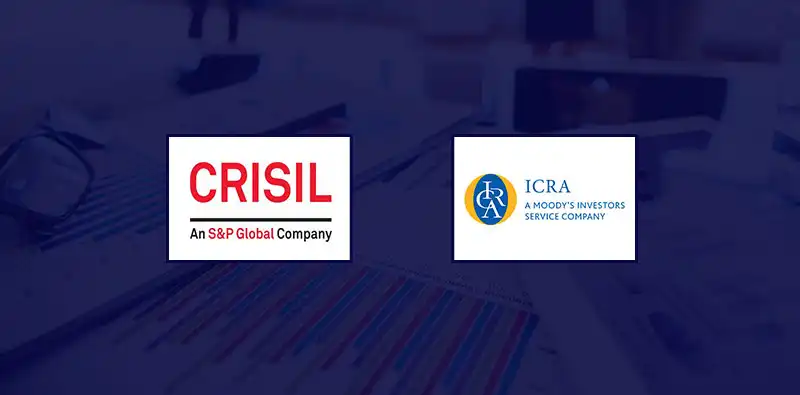Last Saturday, Finance Minister Nirmala Sitharaman, while delivering a lecture in Chennai, made the government’s intentions about the rating agencies in India
Sitharaman said she had met some rating agencies to understand how they rate a company, its assets and how far it is in line with the happenings in the economy.
The Finance Minister, without mentioning any names, said corporates have gone bust soon after getting AAA-rated, thereby making people wonder.
Sitharaman was hinting at IL&FS, the infrastructure lender that went bust after receiving the highest ratings for bond issues.
In fact, the debacle of IL&FS led to a liquidity crisis in NBFCs and forcing banks to make provisions for bad loans of over Rs one lakh crore.
Repeated questions were raised by marketmen against rating agencies as they failed to foresee the impending stress on the borrower.
The reports of junior analysts at these agencies repeatedly raising a flag about their client’s financial health were ignored by top officials who believed to have conspired with the company executives in issuing top ratings.
Post such media reports, these agencies undertook cleansing activity at their end.
This entire process had a negative influence on the rating agencies’ financial performance and their valuations on the bourses.
The share prices of CRISIL, ICRA have slumped to their year lows
This was partly fed by weak macros as well. The September quarter was a challenging one for rating agencies since credit growth weakened.
The bank credit grew 5% (ex Agri and personal), a sharp slowdown from the 9% seen in the June quarter.
Corporate bond issuances grew 8% (private placements grew 18%, but public issues remained sluggish).
CP issuances were down 29% YoY.
All these numbers point to a significant deterioration in YoY numbers from the June quarter levels.
However, the trends are slightly looking up now.
CRISIL bucked the trend as it continued to gain market share.
Further, the government the decision of reducing corporate tax provided additional impetus to their bottom line.
Though analysts continue to opt caution in their recommendations, they hold a positive outlook on CRISIL. They have raised CRISIL’s EPS by 13-15%, mostly due to lower tax rates.
ICRA’s FY2020 EPS is likely to see an 11% cut (including some non-recurring items seen in 2Q).
CRISIL’s rating revenue grew 16% YoY, quite impressive vs. 8%/29% decline for ICRA/CARE. On year credit growth numbers saw a significant deterioration from June-quarter levels.
CRISIL benefitted, as it saw new client additions that were earlier engaged with other rating agencies. Rating revenue from fresh issuances saw a sharp decline for CARE and a moderate decline for ICRA.
Overall we believe this is not the right time yo go out and buy rating stocks despite very attractive valuations as mist rating stocks are quasi economy plays and in the event, the economy slows down further it will impact their business negatively further
The forthcoming GDP data on the 29th of this month is keenly awaited after which some further news flows pertaining to the economy will be awaited Clearly rating agencies stocks could face challenge headwinds for the next 6 to 12 months ahead
Stocks
Buy/sell stocks at one click
Future & Option
Trade F&O contracts in just one click
Commodities
Buy & sell Gold, Silver, crude oil, and NG
Currency
Trade in USD-INR, USD-JPY, EUR-USD.
IPO
Apply to Invest in IPOs and FPOs
Mutual Funds
Invest in Mutual Funds from Just Rs.500
ProfitMax App
Advanced Mobile Trading Platform
ProfitMax Web
World-class Web Trading Platform
ProfitMax EXE
High Tech Desktop Trading Platform
Profit MF App
Mutual Funds Mobile Platform
Profit MF Web
Mutual Funds Web Platform
Profitoption
Trading Platform

